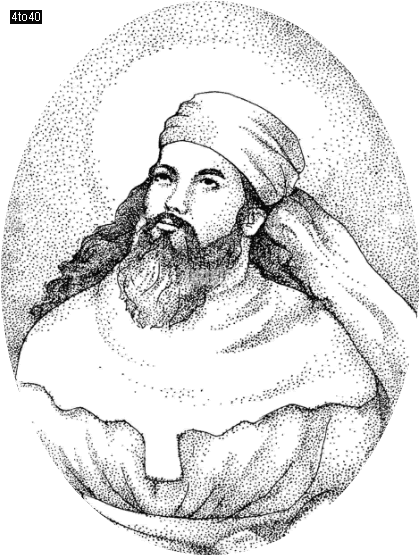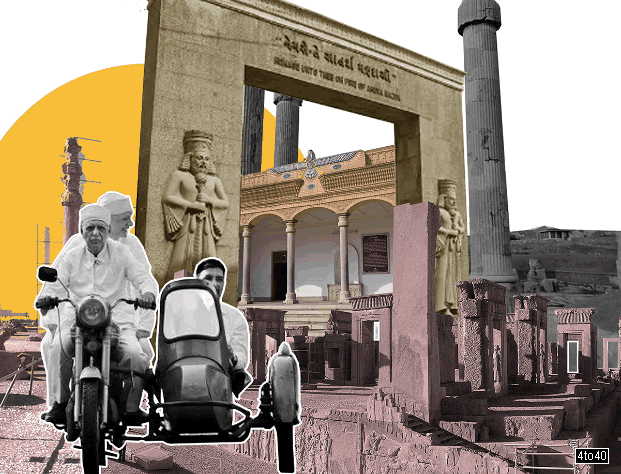Zoroastrianism / Parsis, is one of the oldest religions on earth and was founded in Persia by prophet Zarathustra (Zoroaster) in the 6th or 7th century BC. The followers of Zoroastrianism are known as Parsis. Zoroaster’s life dates have been traditionally given as 628-551 BC, but many scholars argue for earlier dates.
Linguistic evidence suggests that he was born in northeastern Iran, but the prophet’s message was to spread throughout the Persian Empire. The Persian Kings adopted it as the faith and Zoroastrianism became the religion of the Achaemenid empire and flourished under its successors, the Parthian and Sassanian empires. The Zoroastrianism began to decline with the rise of the Muslim in 7th century. The persuasion resulted in the migration of the majority of Zoroastrians to India, and therefore they are now known as Parsis.

The language of the earliest Zoroastrian writings is close to that of the Indian Vedas, and much of the mythology is recognizably the same. Two groups of gods were worshiped, the ahuras and the daevas. The worship of the ahuras (lords) may have reflected the practice of the pastoral upper classes, and tradition holds that Zoroaster was born into a family that worshiped only the ahuras. The message of the prophet, however, was that Ahura Mazda, the Wise Lord, was the sole creator and lord of the world and that the worship of the daevas was the worship of evil.
Zoroastrianism stretched all the way from India to the Mediterranean, but today it is founded only around Shiraz in Iran, Karachi in Pakistan and Mumbai in India. Zoroastrianism was one of the first religions to postulate that there is an omnipotent and invisible God. They believe in Ahura Mazda, who is symbolized by fire. Humanity ensures victory over evil by following the principles of humata (good thoughts), hukta (good words) and huvarshta (good deeds). Parsis worship in the Fire temples and wear a sadra (sacred shirt) and a kasti (sacred thread).
Zoroastrianism is an ancient Persian religion that may have originated as early as 4,000 years ago. Arguably the world’s first monotheistic faith, it’s one of the oldest religions still in existence.
The sacred literature of Zoroastrianism is found in the Avesta, which was compiled sometime during the Sassanian period (224-640). Only a portion of the Avesta remains, but the language of its earliest sections is extremely ancient, closely related to that of the Indian Vedas. These sections, the Gathas, are thought to be by Zoroaster himself. They are hymns and form the primary part of the Yasna, the central rite of the religion. It also contains the Yashts, hymns to a number of the ahuras, and later in date than the Gathas. Finally comes the Videvdat, which is concerned with purity and ritual. A large body of commentary exists in Pahlavi, dating from the 9th century, which contains quotations from earlier material no longer extant.

Since Parsis believe in purity of elements, they do not cremate or bury their dead as they think that this might pollute the fire, earth, air and water. Instead they leave the bodies in ‘Towers of silence‘ where they are soon cleaned off by Vultures.
There are only 85,000 parsis. There number is gradually declining as they have a strict rule: that a Parsi must marry another Parsi. The offspring of mixed liaisons are not regarded as true Parsis.
 Kids Portal For Parents India Kids Network
Kids Portal For Parents India Kids Network







